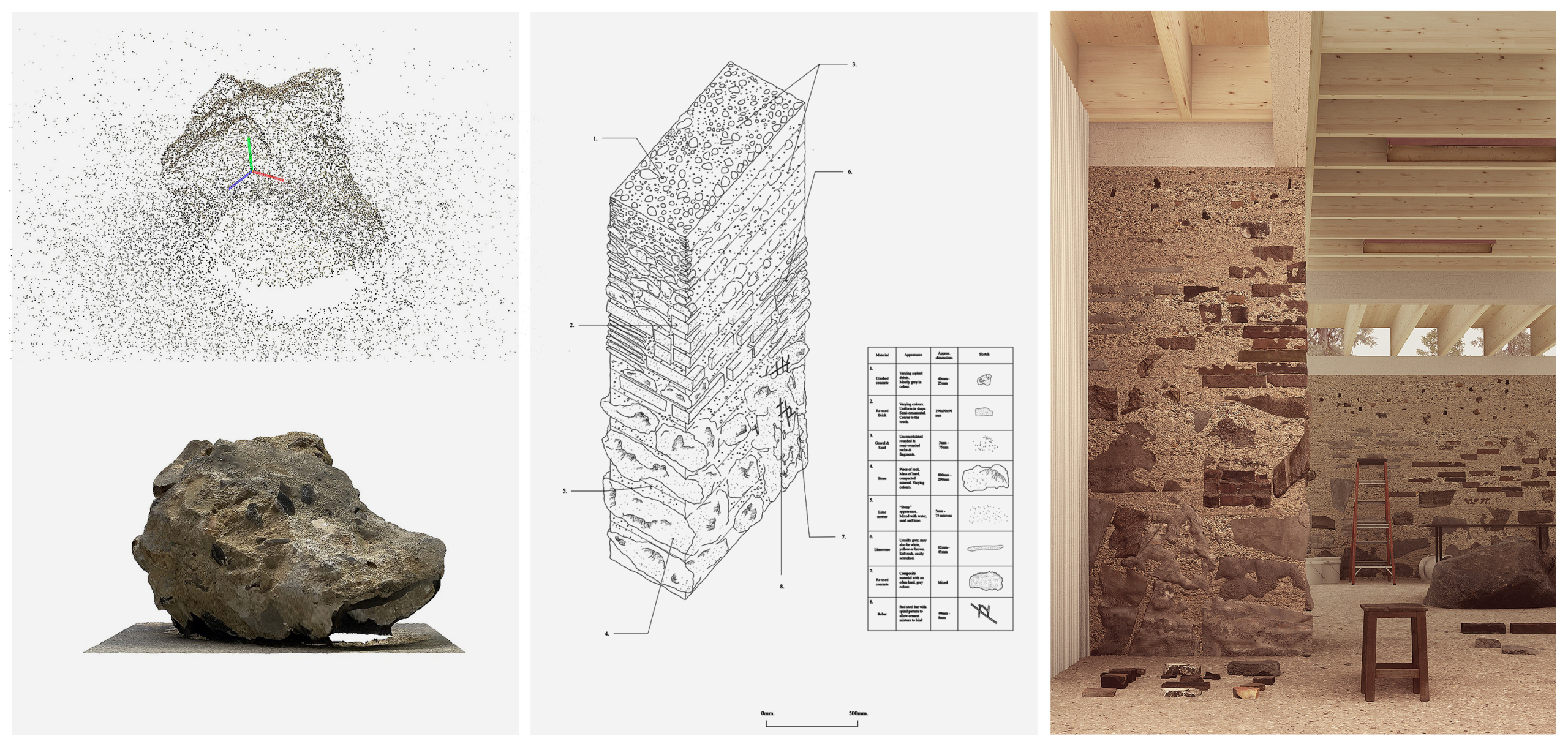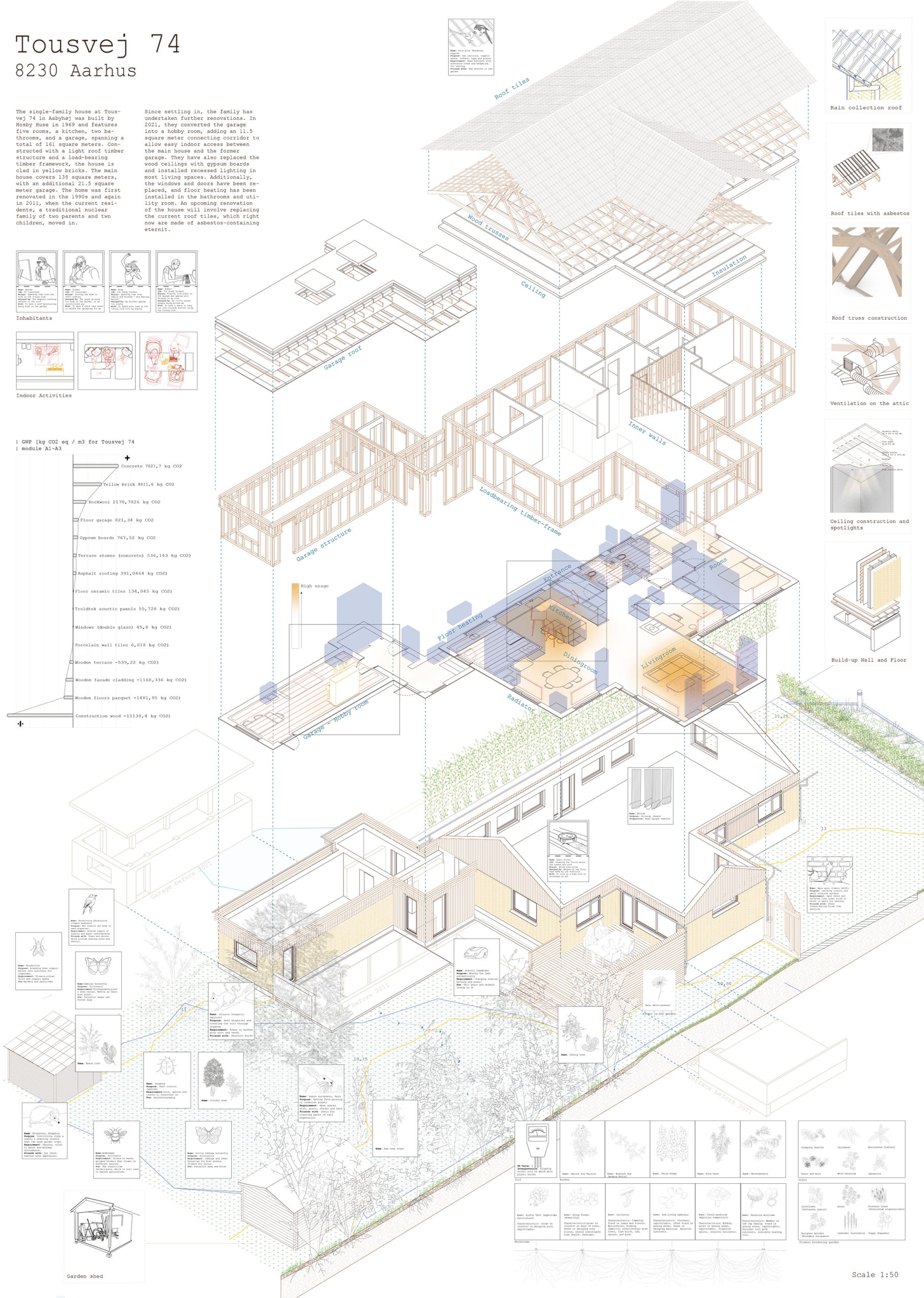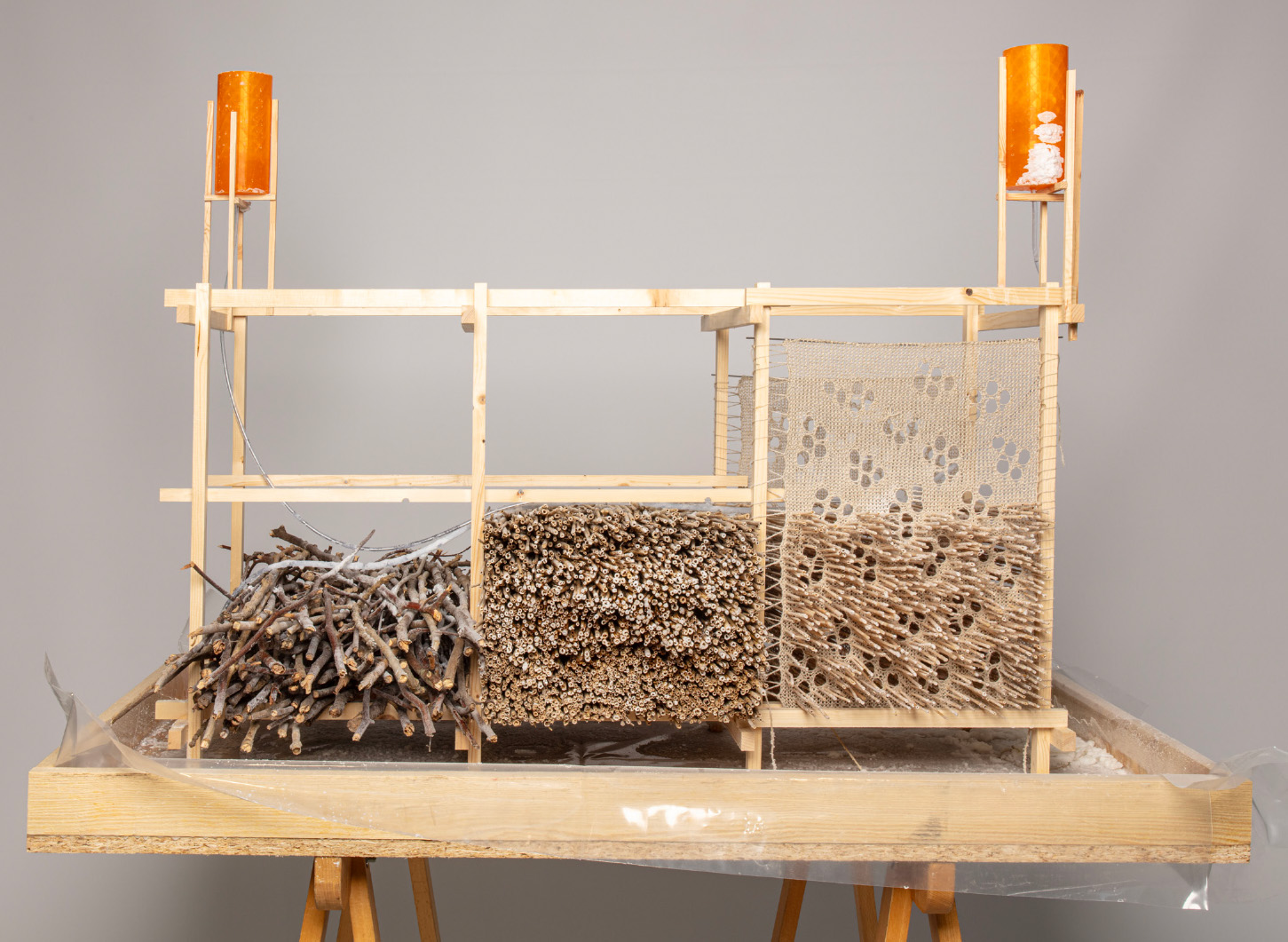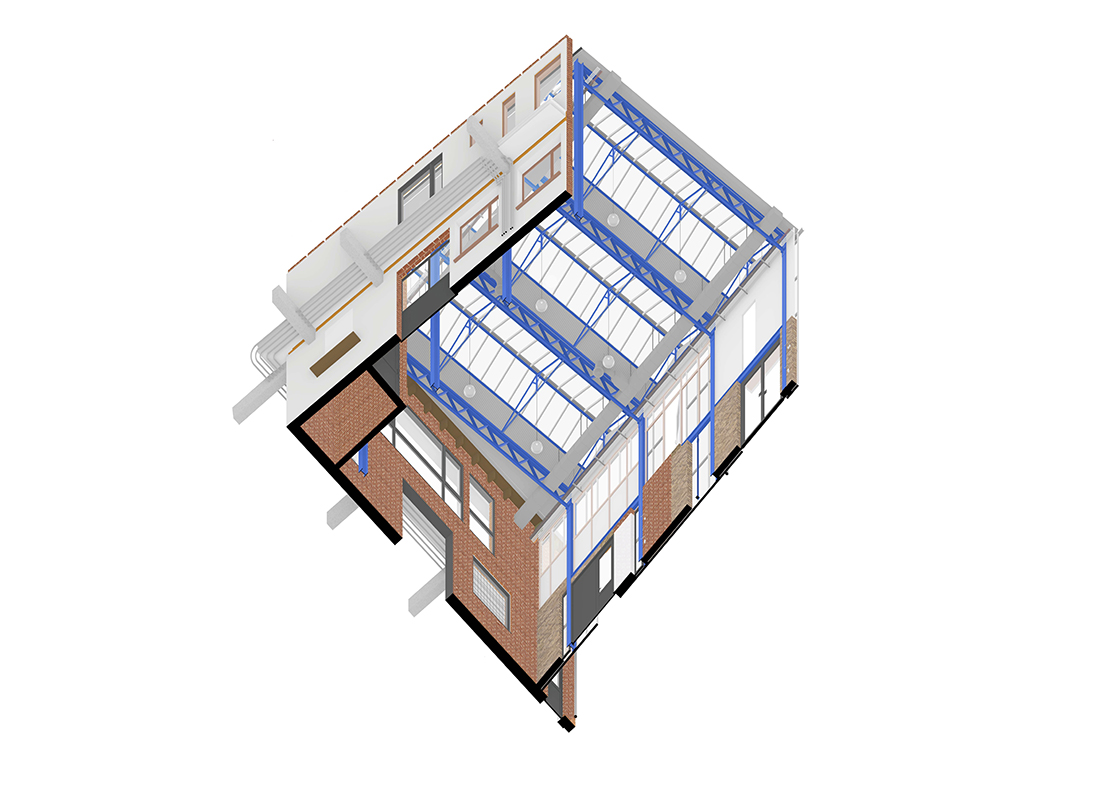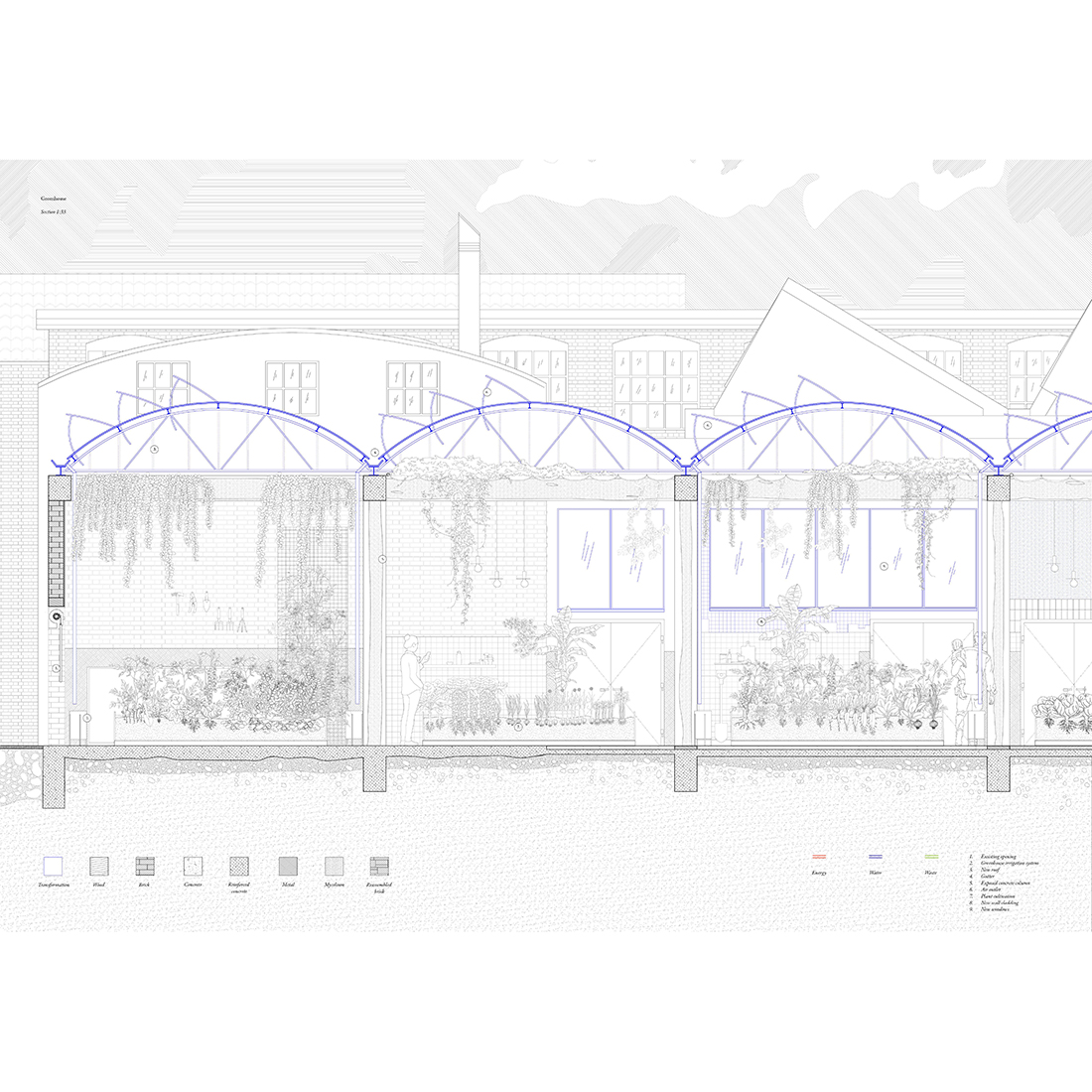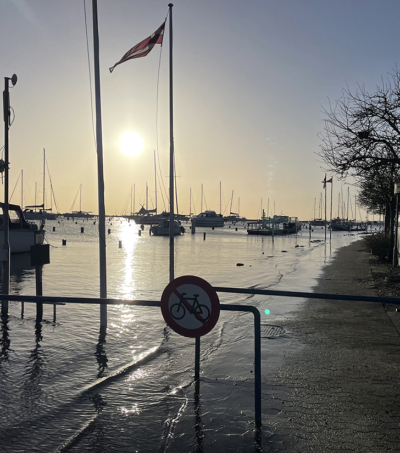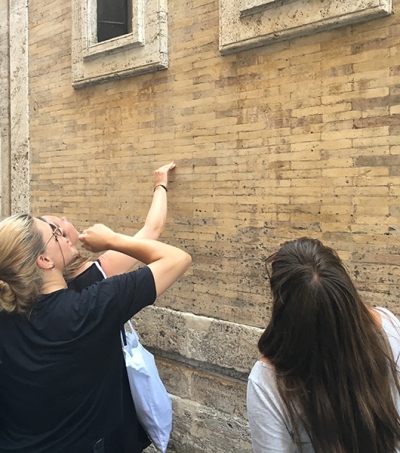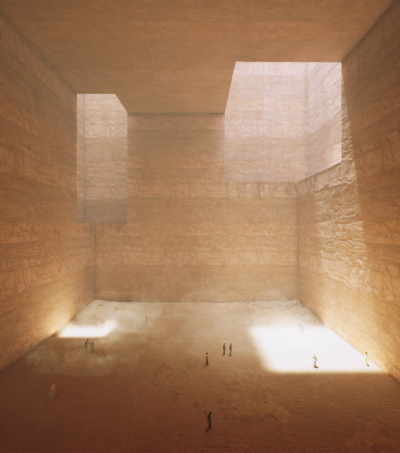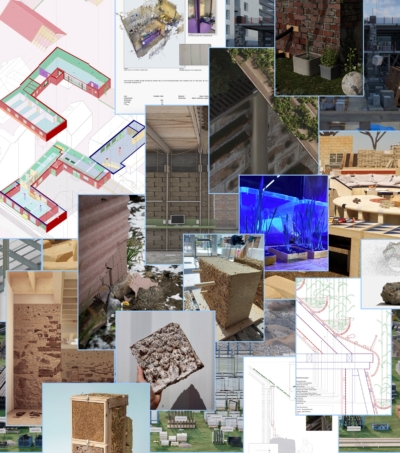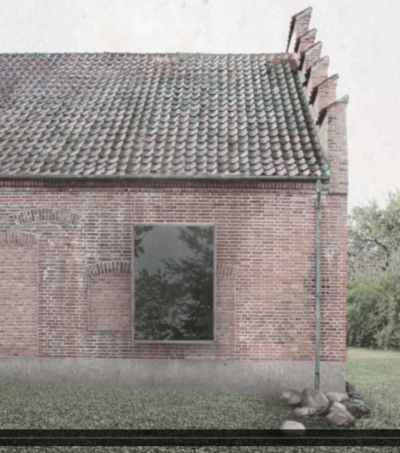 https://aarch.dk/wp-content/uploads/2018/10/Studio-1B.png
1072
1080
Signe Janderup
https://s3-eu-central-1.amazonaws.com/aarchdk/wp-content/uploads/2019/02/03164631/aarch-logo-dark.svg
Signe Janderup2024-09-30 08:16:532025-11-12 10:49:12Studio 1B: Cultural Heritage
https://aarch.dk/wp-content/uploads/2018/10/Studio-1B.png
1072
1080
Signe Janderup
https://s3-eu-central-1.amazonaws.com/aarchdk/wp-content/uploads/2019/02/03164631/aarch-logo-dark.svg
Signe Janderup2024-09-30 08:16:532025-11-12 10:49:12Studio 1B: Cultural HeritagePå Studio 3 arbejder vi med, hvordan tidens skrøbelighed påvirker vores tilgang til design og byggeri – samt hvordan vi reflekterer over rumlige kvaliteter, konstruktionsteknikker og materialers egenskaber. Gennem det toårige forløb vil du arbejde med iterative øvelser, der spænder over nybyggeri, transformation af eksisterende bygninger og relationelle designmetoder med fokus på større økosystemer.
Afslutningsvis vil du formulere et individuelt program for dit speciale, der bygger videre på dine interesser og erfaringer fra tidligere opgaver. Du vil undersøge, hvordan økologisk tænkning kan forny designprocesser, og du vil navigere mellem empiriske og spekulative tilgange og livscyklusbaserede designmetoder med henblik på at udvikle miljømæssigt ansvarlige forslag til bygningsdesign.
Efterhånden som bygningsøkonomien i Danmark og internationalt bevæger sig mod CO2-neutralitet og ressourcebesparende strategier, undersøger Studio 3 nye roller for fremtidens arkitekter. Disse vil uundgåeligt skulle forholde sig til bygningers og materialers livscyklusser.
Det betyder for os, at vi udforsker, hvordan bygninger designes, fremstilles, samles, bruges, tilegnes, vvedligeholdes, skilles ad og genanvendes. Vi inddrager begreber og metoder fra andre discipliner for at gentænke omhyggelige arkitektoniske processer. I tæt samarbejde med praksis opbygger vi en dybere forståelse for materialitet og materialetektonik – og udvikler et fremadskuende sæt af færdigheder og sensibilitet både gennem undersøgelser og designpraksis.
Du vil blive introduceret til en række strategier og metoder, der vil hjælpe dig med at forstå og styre, hvordan kompleksiteten i vores tid, herunder klimakrisen, påvirker arkitekturen. Der lægges vægt på tidslige aspekter og designprojekter, der arbejder kritisk med livscyklusser forstået udover deres kvantitative mål. Dine kreative processer vil udfordre lineære problemløsningsmodeller og arbejde på tværs af skalaer, geografier og tematikker – med det formål at forstå konsekvenserne af dine designvalg.
Du vil blive opfordret til at gentænke selve naturbegrebet – ikke som en passiv kulisse for menneskelig aktivitet og byggeri, men som et komplekst netværk af aktører, processer, infrastrukturer, logistik, reguleringer, økonomier osv. Tegninger, modeller og prototyper, forankret i virkeligheden bliver centrale redskaber til at analysere, visualisere, afprøve, undersøge, fortælle og demonstrere en kritisk tilgang, der giver dig mulighed for at holde spørgsmål åbne og spørge: Hvad nu hvis?
Kulturen på Studio 3 bygger på kollektiv læring med fokus på at udvikle din individuelle interesse indenfor feltet. Design- og forskningsarbejde understøttes af seminarer, workshops og foredrag. Vi skaber rum og tid til fordybelse og refleksion over, hvad det vil sige at skabe arkitektur. Gennem jævnlige gæstebesøg fastholder vi en tæt forbindelse til praktiserende arkitekter, forskere og eksperter – både nationalt og internationalt.
Undervisningssproget på Studio 3 er primært engelsk.
Undervisere
- Ula Kozminska, lektor
- Alicia Lazzaroni, studielektor
Se projekter fra de studerende på Studio 3 (du sendes videre til Instagram).
Related
YOU MAY ALSO BE INTERESTED IN

